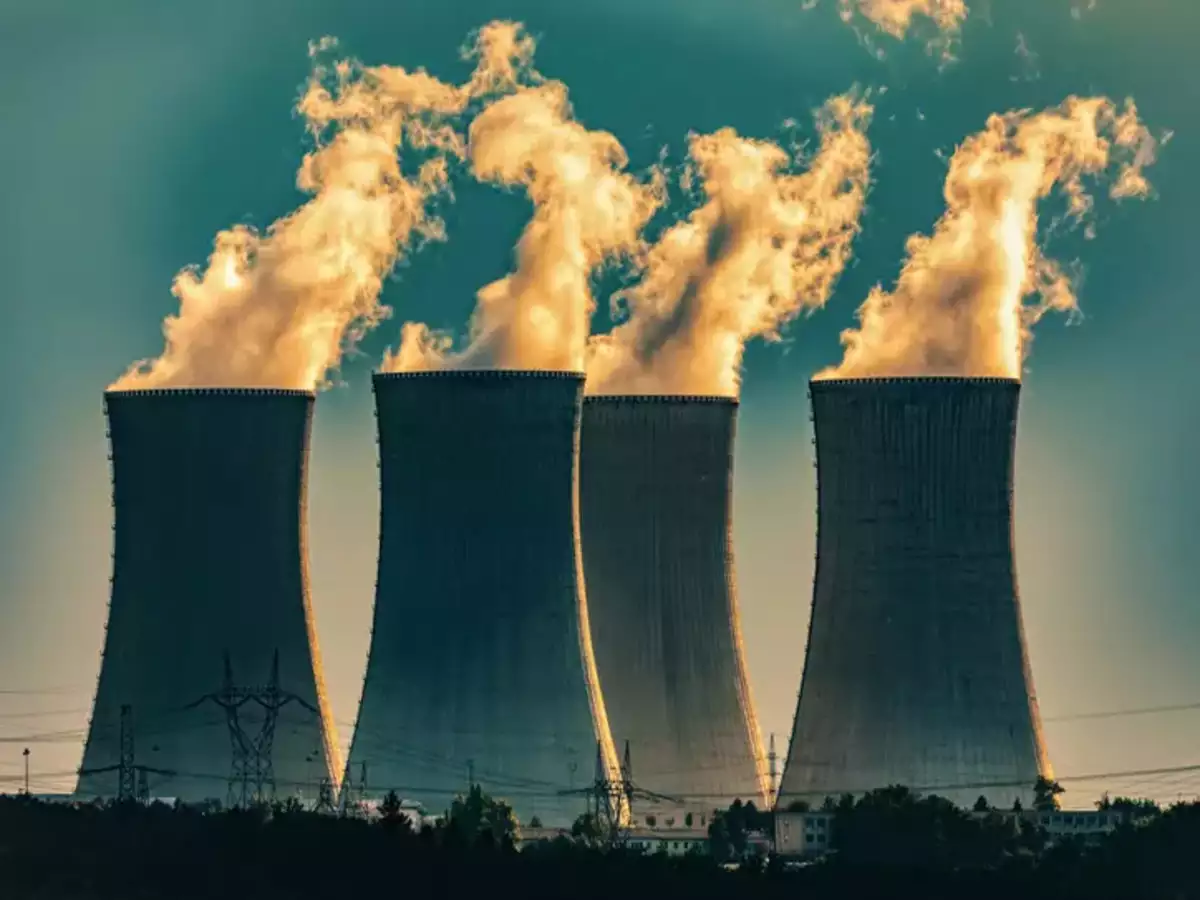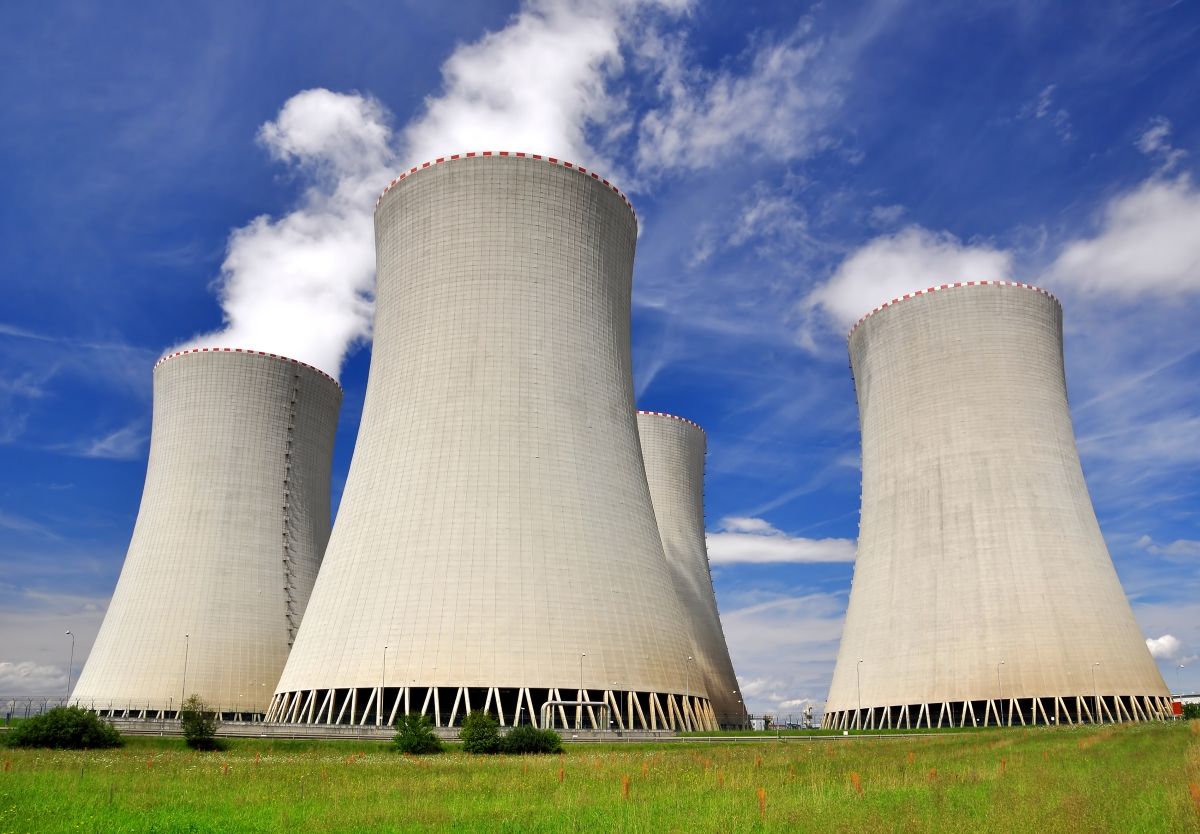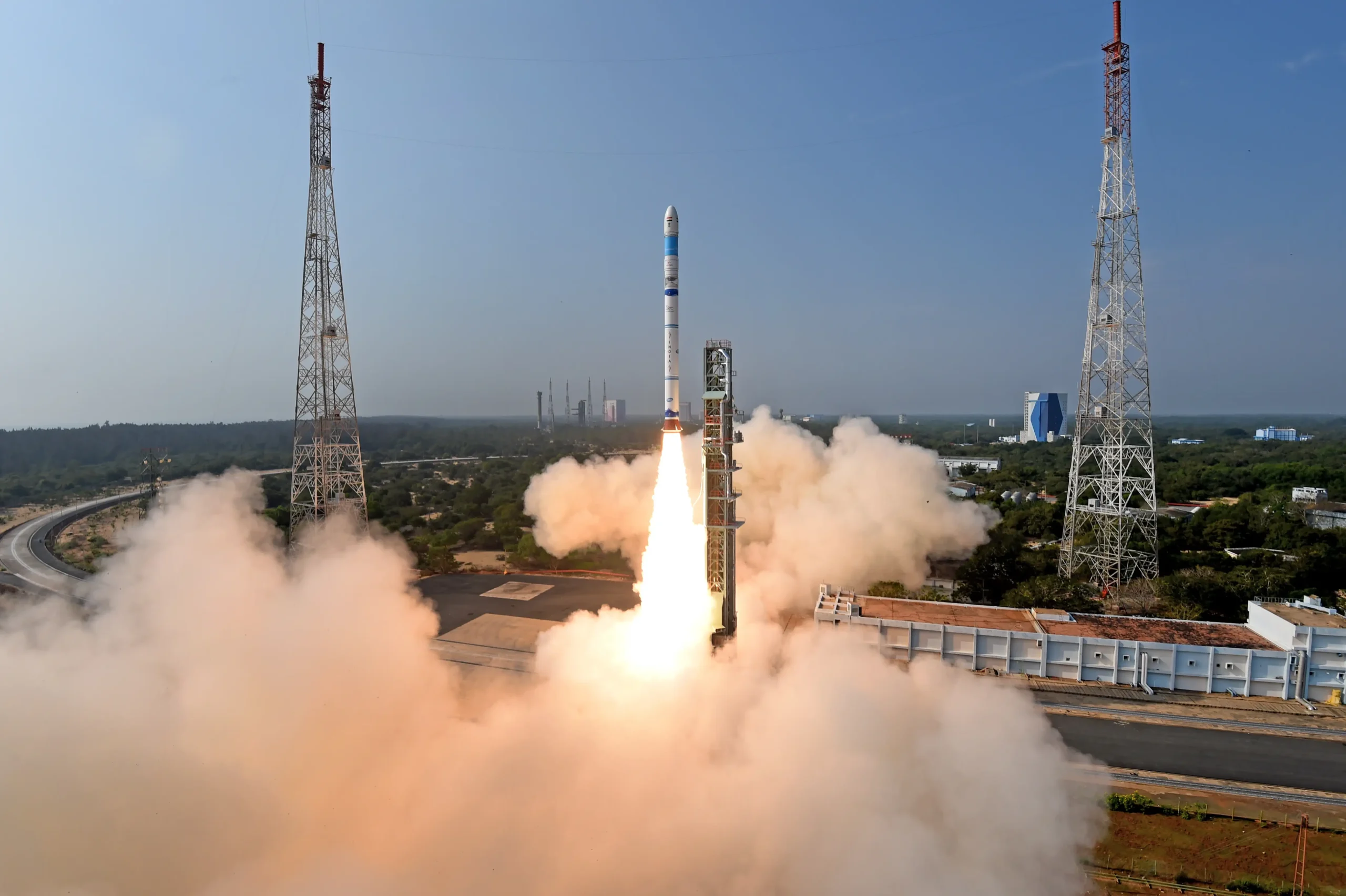
India’s adding Nuclear Power like never before, ready for major expansion with 21 new reactors

In recent times, there has been a notable shift in the nuclear power industry in India. The usage of nuclear power has become increasingly important in the nation’s energy policy as it struggles to meet rising energy demands and the need to cut greenhouse gas emissions. This analysis looks at India’s nuclear power production as it stands today, its goals for the future, the number of nuclear power plants that are currently in operation, and the reactors that are being built.
In Loksabha while replying to a unstarred question, Jitendra Singh reassured that “There are no discrepancies in operational safety of nuclear power plants. The Nuclear power plants are operated by highly trained personnel licensed by the Atomic Energy Regulatory Board (AERB), in line with laid down procedures These procedures are periodically reviewed and upgraded as required”
The Minister categorically mentioned that reputed local medical colleges carry out health assessments for employees and their families living in nearby townships and villages. Tata Memorial Hospital, Mumbai, a leading cancer research center, analyzes the data. These comprehensive studies have conclusively established that the operation of nuclear power plants poses no adverse effects on the surrounding populations.
Present Nuclear Power Production
Current Production and Capacity
India has the potential to generate 7,500 megawatts (MW) of nuclear power by 2024. 22 active nuclear reactors housed in seven nuclear power stations collectively account for this capacity. Across the nation, especially in Maharashtra, Tamil Nadu, Gujarat, Karnataka, and Rajasthan, these plants are positioned strategically.
India’s electricity needs are largely met by the current output from these reactors. Compared to other energy sources like coal and renewables, nuclear power makes up a relatively small portion of the electricity generation mix, ranging from 2.5% to 3%. But nuclear power is an essential component of the nation’s energy mix because of its dependability and constancy.

Goals for the Future and Plans for Growth
As part of a larger plan to fulfill its rising energy demands and switch to cleaner energy sources, India has set high goals for the nuclear power industry. By 2031, the nation wants to raise its nuclear power capacity to 22,480 MW. This demonstrates India’s commitment to growing its nuclear energy footprint and is a more than threefold increase from its current capacity.
Fresh Reactors in the Pipeline
India is making large investments in new nuclear reactors in order to meet this goal. An overview of the reactors now under construction and those slated for future development can be found in the sections that follow.
Current Initiatives
- Kudankulam Nuclear Power Plant (Units 3 and 4) – With 1,000 MW of planned capacity each, the third and fourth reactors at Kudankulam are now under construction. These units are anticipated to come online in the upcoming years, greatly increasing India’s nuclear power production.
- Jaitapur Nuclear Power Project: Six 1,650 MW European Pressurized Reactors (EPRs) are intended to be built at the Jaitapur site in Maharashtra. One of India’s biggest nuclear power projects, it is anticipated to be essential to supplying the nation’s energy demands in the future.
- Kalpakkam is home to the prototype Fast Breeder Reactor (PFBR), which has a 500 MW reactor capacity. This is meant to serve as a demonstration of plutonium fuel technology, which is essential to India’s long-term nuclear energy plan.
- Kudankulam Nuclear Power Plant (Units 5 and 6) – Two further reactors, each with a 1,000 MW capacity, are part of the plant’s subsequent expansion, in addition to Units 3 and 4. Early in the 2030s is when these units are anticipated to be put into service.
- Chennai Nuclear Power station – To strengthen the area’s energy supply and contribute to the national grid, a new nuclear power station with multiple reactors is proposed close to Chennai.
Also Read: OpenAI unveils Advanced Voice Mode: Transforming AI Communication with Natural Speech and Improved Recognition.
Technological Advancements and Innovations
Development of Advanced Reactors
India is making investments in cutting-edge reactor technology to improve sustainability, efficiency, and safety. Notable advancements consist of:
- – Fast Breeder Reactors (FBRs): By producing more fissile material than they need, these reactors increase the amount of time that nuclear fuel supplies last.
- – Thorium Reactors: India’s long-term nuclear policy includes the development of thorium reactors, given the country’s significant thorium reserves. Nuclear fuel from these reactors should be more plentiful and secure.
Concerns regarding Environment
India is expanding its nuclear power sector while upholding strict environmental regulations and safety standards. The nation uses cutting-edge technologies to reduce risks and complies with international safety requirements. To ensure that nuclear projects are safe and sustainable, environmental impact studies and public consultations are essential to their design and implementation.
India’s nuclear power industry is changing dramatically as a result of large expenditures in new reactors and cutting-edge technology. The nation’s ambitious targets are a reflection of its determination to increase the share of nuclear power in its energy mix, which will help it achieve its environmental and energy security objectives. To secure a sustainable energy future, India must strike a balance between growth, safety, and environmental care as it continues to expand its nuclear capacity.
The projects, both underway and planned, demonstrate India’s calculated approach to realizing the potential of nuclear power and establishing the country as a major player in the world nuclear energy arena.





